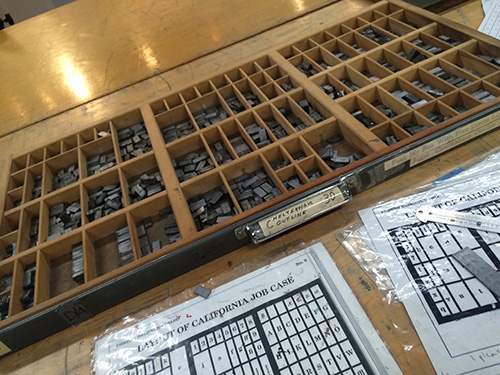




The Accidental History of the @ Symbol
Once a rarely used key on the typewriter, the graceful character has become the very symbol of modern electronic communication
The At Symbol
Although the first documented use of @ was in 1536, the symbol did not rise from modern obscurity until 1971.
By William F. Allman
SMITHSONIAN MAGAZINE | SUBSCRIBE
Called the “snail” by Italians and the “monkey tail” by the Dutch, @ is the sine qua non of electronic communication, thanks to e-mail addresses and Twitter handles. @ has even been inducted into the permanent collection of the Museum of Modern Art, which cited its modern use as an example of “elegance, economy, intellectual transparency, and a sense of the possible future directions that are embedded in the arts of our time.”
RELATED CONTENT
The History of the Exclamation Point
The origin of the symbol itself, one of the most graceful characters on the keyboard, is something of a mystery. One theory is that medieval monks, looking for shortcuts while copying manuscripts, converted the Latin word for “toward”—ad—to “a” with the back part of the “d” as a tail. Or it came from the French word for “at”—à—and scribes, striving for efficiency, swept the nib of the pen around the top and side. Or the symbol evolved from an abbreviation of “each at”—the “a” being encased by an “e.” The first documented use was in 1536, in a letter by Francesco Lapi, a Florentine merchant, who used @ to denote units of wine called amphorae, which were shipped in large clay jars.
The symbol later took on a historic role in commerce. Merchants have long used it to signify “at the rate of”—as in “12 widgets @ $1.” (That the total is $12, not $1, speaks to the symbol’s pivotal importance.) Still, the machine age was not so kind to @. The first typewriters, built in the mid-1800s, didn’t include @. Likewise, @ was not among the symbolic array of the earliest punch-card tabulating systems (first used in collecting and processing the 1890 U.S. census), which were precursors to computer programming.
The symbol’s modern obscurity ended in 1971, when a computer scientist named Ray Tomlinson was facing a vexing problem: how to connect people who programmed computers with one another. At that time, each programmer was typically connected to a particular mainframe machine via a phone connection and a teletype machine—basically a keyboard with a built-in printer. But these computers weren’t connected to one another, a shortcoming the U.S. government sought to overcome when it hired BBN Technologies, the Cambridge, Massachusetts, company Tomlinson worked for, to help develop a network called Arpanet, forerunner of the Internet.
Tomlinson’s challenge was how to address a message created by one person and sent through Arpanet to someone at a different computer. The address needed an individual’s name, he reasoned, as well as the name of the computer, which might service many users. And the symbol separating those two address elements could not already be widely used in programs and operating systems, lest computers be confused.
Tomlinson’s eyes fell on @, poised above “P” on his Model 33 teletype. “I was mostly looking for a symbol that wasn’t used much,” he told Smithsonian. “And there weren’t a lot of options—an exclamation point or a comma. I could have used an equal sign, but that wouldn’t have made much sense.” Tomlinson chose @—“probably saving it from going the way of the ‘cent’ sign on computer keyboards,” he says. Using his naming system, he sent himself an e-mail, which traveled from one teletype in his room, through Arpanet, and back to a different teletype in his room.
Tomlinson, who still works at BBN, says he doesn’t remember what he wrote in that first e-mail. But that is fitting if, as Marshall McLuhan argued, “The medium is the message.” For with that message, the ancient @, once nearly obsolete, became the symbolic linchpin of a revolution in how humans connect.
Read more: http://www.smithsonianmag.com/science-nature/the-accidental-history-of-the-symbol-18054936/#wrELZVX2BqWu3vUE.99
Give the gift of Smithsonian magazine for only $12! http://bit.ly/1cGUiGv
Follow us: @SmithsonianMag on Twitter
|


